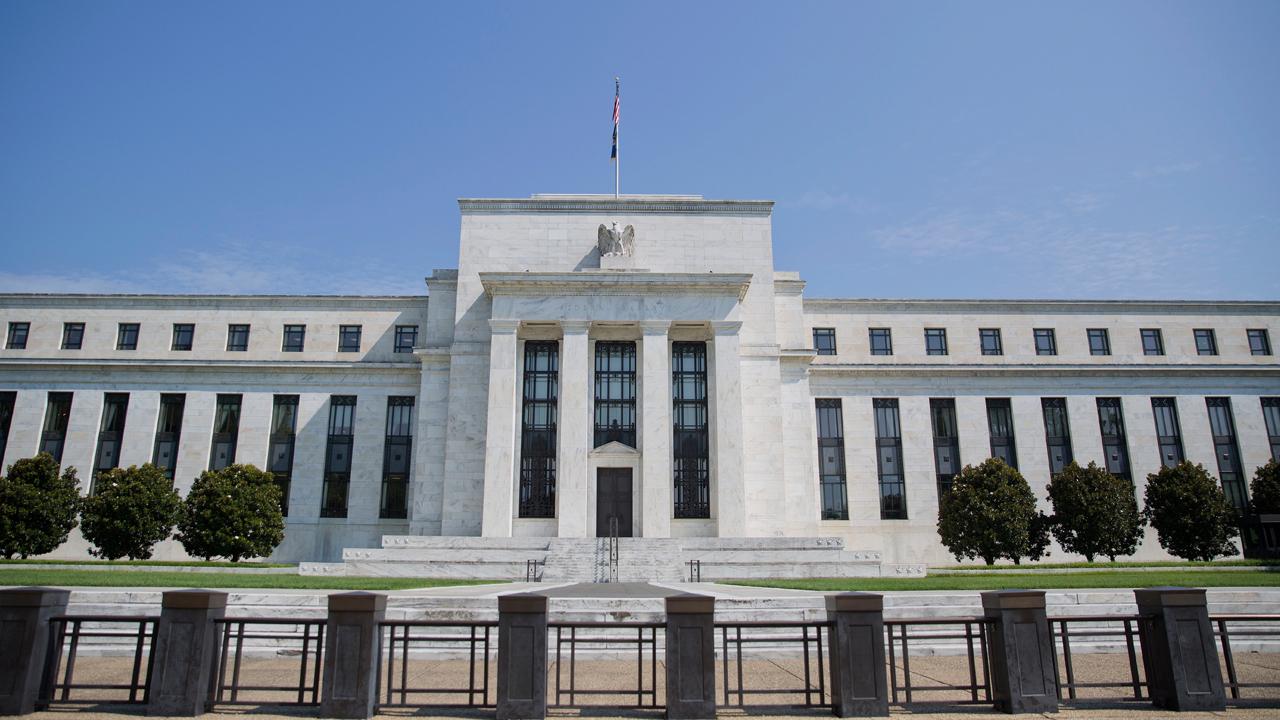The Fed raised rates, so now get your bonds in order asap
The Federal Reserve hiked its benchmark interest rates for the third time this year and told investors three more hikes are on the way in 2018, and perhaps more in the years after that. Nevertheless, fixed-income investors can still hedge against higher rates with targeted exchange traded fund strategies.
Economist from Citigroup and J.P. Morgan & Chase are predicting average interest rates across advanced economies may rise at minimum 1% next year, the fastest annual pace since 2006. For starters, the Fed hiked by a quarter percentage point Wednesday.
Consequently, fixed-income investor should be prepared for 2018 being a key year for monetary normalization.
A simple way to hedge against rate risk is to incorporate a small inverse bond ETF play to a well-diversified fixed-income portfolio. For example, bond investors may take a 5% or so position to hedge against the Federal Reserve interest rate hike through simple inverse or short Treasury bond ETFs, such as the Direxion Daily 7-10 Year Treasury Bear 1x Shares (NYSEArca: TYNS), Direxion Daily 20+ Year Treasury Bear 1x Shares (NYSEArca: TYBS) or ProShares Short 20+ Year Treasury (NYSEArca: TBF).
Similarly, the Direxion Daily 20+ Year Treasury Bear 3x Shares ETF (NYSEArca: TMV), which tracks the 300% short daily performance of the NYSE 20 Year Plus Treasury Bond Index, has been popular pick for more aggressive exposure to the turns in the Treasury market. Additionally, the ProShares UltraShort 20+ Year Treasury (NYSEArca: TBT) tries to reflect the -2x or -200% daily performance of the Barclays U.S. 20+ Year Treasury Bond Index, and the ProShares UltraPro Short 20+ Year Treasury (NYSEArca: TTT) takes the -3x or -300% daily performance of the Barclays U.S. 20+ Year Treasury Bond Index.
Potential traders, though, should be aware of the risks associated with these geared products and keep in mind that leveraged and inverse ETFs are designed to produce their target strategies on a daily basis. Consequently, when investors look at the long-term performance of a leveraged or inverse ETF, people may notice that the funds do not perfectly reflect their intended strategies.
Furthermore, fixed-income investors may consider the relatively new interest-rate hedged bond ETF theme as a way to gain long exposure to debt securities and generate a steady income stream while hedging against the negative effects of rising rates.
Investors do not need to sacrifice yields to diminish rate risk. The group of interest rate-hedged or zero duration ETFs hold long-term bonds but also simultaneously short Treasuries or Treasury futures contracts to hedge against potential losses if interest rates rise. Due to their near-zero durations, the rate-hedged bond funds should show little to no sensitivity to changes in interest rates. These types of hedged-bond ETFs could provide suitable exposure to the fixed-income market in a rising interest environment ahead.
Investors who are interested in the rate-hedged bond strategy have a number of other ETF options available, including Deutsche X-trackers Investment Grade Bond – Interest Rate Hedged ETF (NYSEARCA: IGIH), iShares Interest Rate Hedged Corporate Bond ETF (NYSEARCA: LQDH), VanEck Vectors Treasury-Hedged High Yield Bond ETF (NYSEARCA: THHY), ProShares Investment Grade-Interest Rate Hedged ETF (BATS: IGHG) and WisdomTree Barclays U.S. Aggregate Bond Zero Duration Fund (NYSEARCA: AGZD), among others.
This article was provided courtesy by our partners at etftrends.com.
